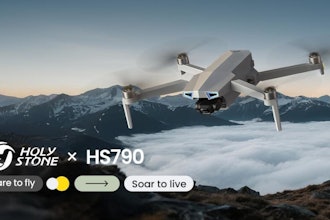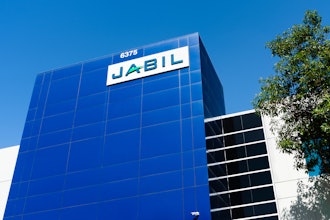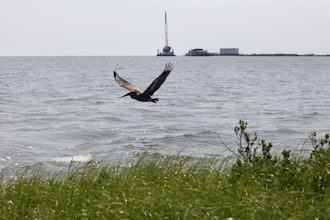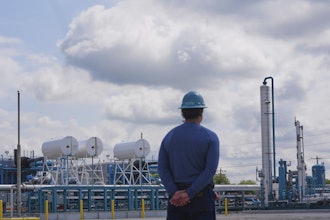Yesterday, Lockheed Martin announced that it has licensed Dermoskeleton, bionic augmentation technology developed by B-Temia, a privately-owned Canadian company that develops and manufactures human augmentation systems.
Dermoskeleton is the basis for technology that uses sensors and proprietary A.I. software to sense how you are going to move, and makes synchronized movements. So when you use it in an exoskeleton, it can increase your strength, endurance and stability by sensing how you want to move and injecting biomechanical energy at the joints, like a motorized knee.
The tech has been used in products like B-Temia's Keeogo, which has been helping people with Parkinson's, severe osteoarthritis, and multiple sclerosis walk for a couple of years now.
Lockheed wants to use the new tech for its currently unpowered FORTIS industrial exoskeleton. Right now, Lockheed’s lightweight exoskeleton transfers the weight of heavy loads from the operator’s body to the ground through a series of joints at the hips, knees and ankles.
The Dermoskeleton, should help increase load-carrying capacity which tops out at about 36-pounds. It should be interesting to see what they come up with, as the company claims that FORTIS can already increase worker productivity from 2 to 27 times, because it reduces muscle fatigue.
Lockheed first started researching exoskeleton technology for military applications as a way to help soldiers carry heavy equipment over long distances. I’m interested to see what they come up with next.
This is IEN Now with David Mantey.






















